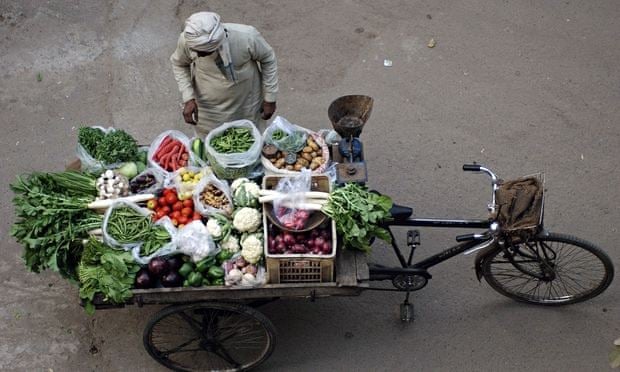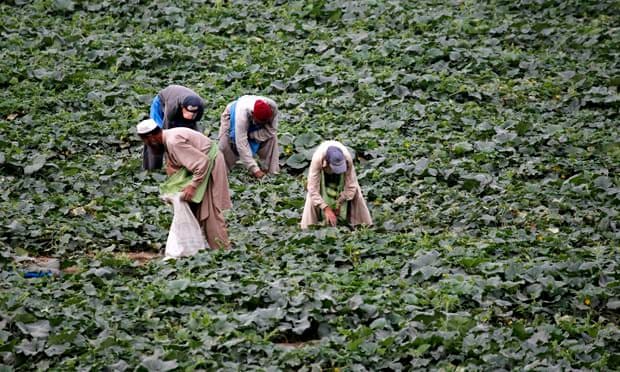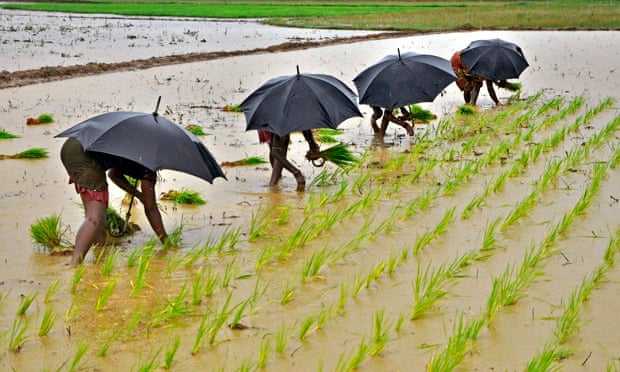The Guardian - Global development
Thursday 16 October 2014 14.51 BST
1. There is a global food shortage
Chronic hunger has a range of causes, but global food scarcity is not one of them. According to the World Food Programme, we produce enough to feed the global population of 7 billion people. And the world produces 17% more food per person today than 30 years ago, and the rate of food production has increased faster than the rate of population growth for the past two decades. However, latest calls from the Food and Agriculture Organisation (FAO) suggest this might be changing, with estimates that 60% more food is required if population numbers increase to nine billion by 2050.2. Most of the world’s hungry live in Africa
The majority of the world’s hungry live in the Asia Pacific region. The FAO claims there are 842 million hungry people in the world, 553 million of whom live in Asia and the Pacific. Approximately 227 million live in Africa, 47 million in Latin America and the Caribbean, and 16 million in developed countries.3. Men are the world’s primary food producers
Globally, it is women who bear the greatest responsibility for food production. Women produce more than half of all food worldwide, accounting for 43% of the global agricultural labour force. In sub-Saharan Africa, women grow 80-90% of the food. This work is performed alongside other domestic tasks including processing food crops, collecting water and firewood, and preparing and cooking food.
4. Malnourishment is caused solely by a lack of food
Though a lack of food is the leading cause of malnutrition in developing countries, the FAO has raised concerns of a “hidden hunger” that occurs when people have enough to eat but don’t receive adequate nutrition from that food. More than 2 billion people suffer from micronutrient deficiency.5. Global hunger is worsening
The 2014 Global Hunger Index (GHI) showed the state of hunger in developing countries has fallen by 39% since 1990. Despite these gains, the GHI warned of dramatic differences across regions. Sub-Saharan Africa and south Asia have the highest rates of hunger.6. Obesity is only a problem for developed countries
The obesity epidemic is most commonly associated with high-income nations, but there are almost twice as many overweight and obese people living in developing countries. Obesity rates in Latin America, the Middle East and North Africa are on a par with Europe, and South Africa’s rate is higher than the UK’s.
7. Food producers can feed themselves
Too often, people who produce the world’s food are unable to feed themselves and their families. The FAO estimates that about half of the world’s hungry people are from smallholder farming communities, where families are prone to drought and flood.






